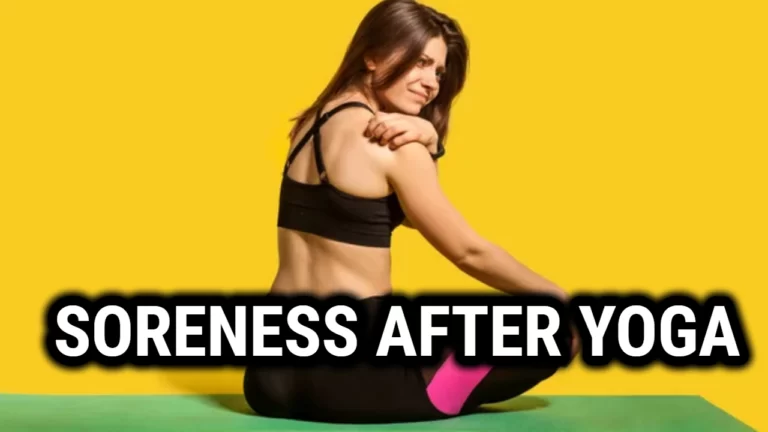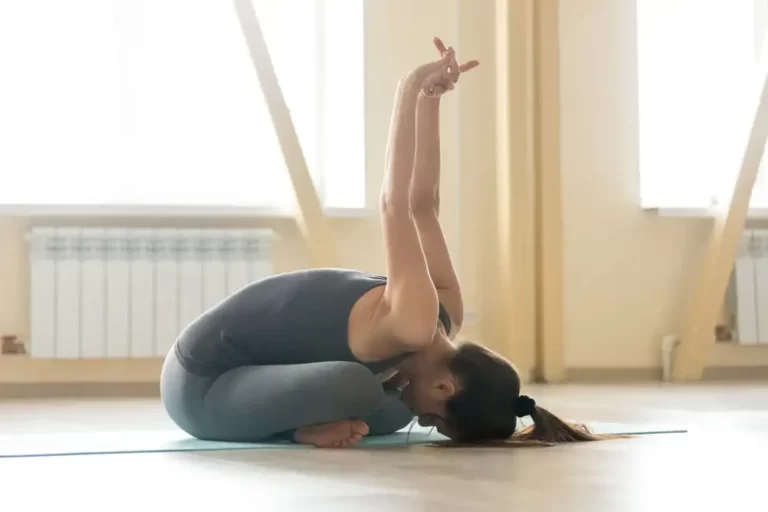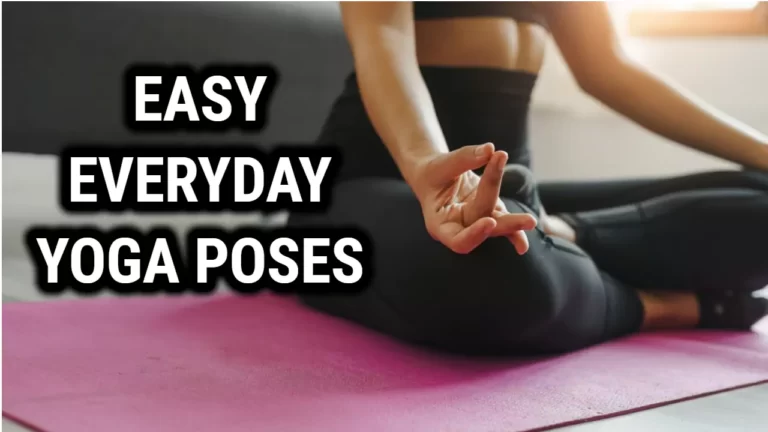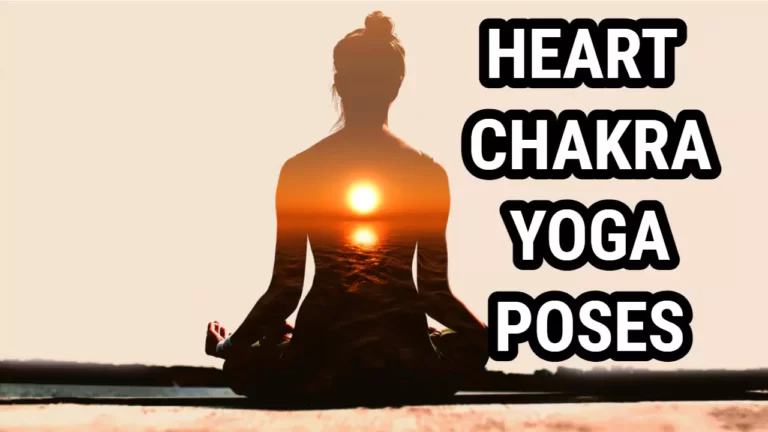Yoga Balance Poses To Improve Your Stability And Core Strength

Yoga is an ancient practice that has been around for thousands of years. It is a great way to improve flexibility, balance, and core strength. Yoga balance poses are specifically designed to improve stability and core strength. These poses require a lot of concentration and focus, which can help to improve mindfulness and reduce stress.
Yoga balance poses can be challenging, but they are also very rewarding. They require a lot of strength and flexibility, but they can be modified to suit different levels of ability. Some of the most popular yoga balance poses include tree pose, eagle pose, and dancer pose. These poses can help to improve balance, stability, and core strength, which can be beneficial for a wide range of activities, from sports to everyday life.
Benefits of Yoga for Stability and Core Strength
Yoga is a popular form of exercise that has been practiced for centuries. It is known for its many benefits, including improving flexibility, reducing stress, and promoting relaxation. However, one of the lesser-known benefits of yoga is its ability to improve stability and core strength. Here are some of the benefits of yoga for stability and core strength:
- Improved balance: Many yoga poses require you to balance on one foot or hand. This helps to improve your balance and stability, which can help prevent falls and injuries.
- Stronger core muscles: Yoga poses like plank, boat pose, and side plank all require you to engage your core muscles. Over time, this can help to strengthen your core muscles, which can improve your posture and reduce back pain.
- Increased body awareness: Yoga requires you to be aware of your body and how it moves. This can help you to develop a better sense of balance and stability, which can improve your overall physical performance.
- Reduced risk of injury: By improving your balance, stability, and core strength, yoga can help to reduce your risk of injury during other physical activities.
Overall, practicing yoga is a great way to improve your stability and core strength. By incorporating yoga into your fitness routine, you can experience these benefits and improve your overall physical health.
Top Yoga Poses for Balance and Stability
Yoga poses that improve balance and stability are essential for anyone looking to build core strength and prevent injuries. Here are some of the top yoga poses for improving balance and stability:
- Vrksasana (Tree Pose): This pose is great for improving balance and strengthening the legs. Begin by standing with your feet hip-width apart. Bring your right foot up to rest on your left thigh. Press your foot into your thigh and bring your hands to your heart. Hold for several breaths before switching sides.
- Garudasana (Eagle Pose): This pose helps to improve balance and focus. Begin by standing with your feet hip-width apart. Cross your right thigh over your left thigh and wrap your right foot around your left calf. Bring your arms out in front of you and cross your left arm over your right arm. Bend your elbows and bring your palms together. Hold for several breaths before switching sides.
- Utthita Hasta Padangusthasana (Extended Hand-to-Big-Toe Pose): This pose helps to improve balance and flexibility. Begin by standing with your feet hip-width apart. Lift your left foot up and place your left hand on your left knee. Reach your right hand down and clasp your right big toe. Straighten your left leg and hold for several breaths before switching sides.
- Crow pose: In Bakasana, you crouch down on your hands while lifting your feet off the floor. You then attempt to bring your knees close to your armpits, balancing on your hands with an even weight distribution across both arms.
- Warrior pose: Virabhadrasana III is also referred to as ‘Warrior III’ because of its resemblance to a warrior standing in battle stance; one leg is bent backwards with toes pointed downwards while other leg remains straight with hip open towards the front side of room. Arms are extended outwards at shoulder level with palms facing downwards for balance support and eyes look at a fixed point in front.
Remember to move with awareness through the transitions and to practice these poses regularly to build your capacity to react quickly and improve your balance and stability.
Tree Pose
Tree Pose, also known as Vrksasana, is a popular yoga pose that helps improve balance, stability, and core strength. This pose requires the practitioner to stand on one leg while the other leg is bent, with the foot resting on the inner thigh or calf of the standing leg. The arms are usually raised above the head, with the palms touching.
Tree Pose is a great way to improve balance, as it requires the practitioner to focus on their center of gravity and engage their core muscles to maintain stability. This pose also helps strengthen the muscles of the legs, including the quads, hamstrings, and calves.
When practicing Tree Pose, it is important to keep the standing leg straight and strong, with the foot firmly rooted into the ground. The bent leg should be placed high up on the inner thigh or calf, but not on the knee. The arms should be raised above the head, with the palms touching, to help with balance and stability.
Beginners may find Tree Pose challenging at first, but with practice, they can improve their balance and stability. It is important to focus on the breath and maintain a steady gaze to help with concentration and balance.
Warrior III Pose
Warrior III, also known as Virabhadrasana III, is a challenging balance pose that helps to improve stability, core strength, and focus. This pose requires the practitioner to balance on one leg while extending the other leg and torso parallel to the ground.
Warrior III pose strengthens the legs, core, and back muscles. It also stretches the hamstrings, calves, and shoulders. Practicing this pose regularly can help improve balance and coordination, which can be beneficial in everyday life.
To practice Warrior III pose, begin in Mountain Pose. Shift your weight onto your left foot, and lift your right leg off the ground. Keep your right leg straight and engage your core muscles. Slowly hinge forward at the hips, extending your right leg and torso parallel to the ground. Reach your arms forward, keeping them shoulder-width apart.
Hold the pose for 30 seconds to a minute, breathing deeply and maintaining your balance. To release the pose, slowly lower your right leg back to the ground and return to Mountain Pose. Repeat on the other side.
For beginners, it may be helpful to use a chair or wall for support until you feel comfortable with the balance required for the pose. As with all yoga poses, it is important to listen to your body and not push yourself beyond your limits.
Also Read: Yoga for Intestine Health: Poses to Improve Digestion and Reduce Bloating
Eagle Pose
Eagle Pose, also known as Garudasana, is a standing balance pose that requires focus, strength, and stability. It is a challenging pose that can help improve balance, flexibility, and core strength. To perform the pose, start by standing with your feet hip-width apart.
Lift your right foot off the ground and cross it over your left thigh. Bend your left knee and wrap your right foot around your left calf. Next, bring your arms in front of your body and cross your left arm over your right. Bend your elbows and bring your palms together. Lift your elbows to shoulder height and keep your shoulders relaxed.
Hold the pose for 5-10 breaths, then release and repeat on the other side. Eagle Pose can help improve balance and stability by strengthening the muscles in your legs, ankles, and feet. It can also help improve flexibility in your hips, shoulders, and upper back.
However, it is important to note that Eagle Pose may not be suitable for everyone. People with knee or ankle injuries should avoid this pose, as well as those with high blood pressure or glaucoma. As with any yoga pose, it is important to listen to your body and only do what feels comfortable for you.
Crow Pose
Crow pose is an excellent posture to improve your stability and core strength. Begin by kneeling on the floor in a tabletop position with your hands shoulder-width apart and your knees hip-width apart.
Place your palms firmly on the floor and spread your fingers wide. Draw your abdominal muscles in and up and press your palms firmly into the floor as your lift your feet off the ground. Your toes should be tucked and your knees should remain bent.
Maintain a strong connection to the floor as you slowly shift your weight forward. Aim to keep your body in one straight line. Hold the pose for 5-10 breaths or as long as comfortable.
To come out of the pose, slowly lower your feet back to the floor and come back to a kneeling position.
Extended Hand-to-Big-Toe Pose
Extended Hand-to-Big-Toe Pose is a challenging yet effective yoga pose that improves balance, stability, and core strength. This pose can help build confidence and empowerment, improve posture, and counteract the effects of prolonged sitting and doing computer work.
To perform this pose, start in Tadasana (Mountain Pose) with your legs and feet together. Then, lift up through your spine and press evenly through the inner and outer edges of your feet. Next, bend your left leg in towards your right leg and reach for your left toes with your right hand. Grip your big toe with peace fingers (between your pointer and index fingers).
Keep your right foot active, drawing the pinky-toe side of the foot back toward you and extending out through the big-toe side of your foot. Keep your left hand on your hip, or extend your left arm straight out to the side.
Continue to lengthen up tall through your spine. You can also open your right leg out to the side for an externally rotated variation of the pose. Extended Hand-to-Big-Toe Pose strengthens the feet, ankles, legs, hips, and core, and stabilizes the ankles.
It also develops focus, confidence, and balance. This pose can be challenging for beginners, so it is important to start slowly and work your way up to the full expression of the pose.
Incorporating Extended Hand-to-Big-Toe Pose into your regular yoga practice can help you improve your stability, balance, and core strength. It can also help you become more mindful of your body and improve your overall well-being.
Related Read: Get Fit and Balanced with These Yoga Ball Poses
Conclusion
Yoga balance poses are an excellent way to improve both stability and core strength. By practicing these poses regularly, you can develop a strong foundation that will help you in all areas of your life, from sports to everyday activities.
Some of the most effective yoga balance poses include Tree Pose, Warrior III, and Eagle Pose. These poses require focus, strength, and balance, and can help you develop all three of these qualities over time.
It’s important to remember that yoga is a practice, and that you will not see results overnight. However, with consistent practice and dedication, you can improve your balance and core strength, and feel more confident and stable in your daily life.
Remember to always listen to your body and work at your own pace. If a pose feels too challenging, you can modify it or skip it altogether. And if you’re not sure where to start, consider taking a yoga class or working with a qualified instructor to help you develop a safe and effective practice.





